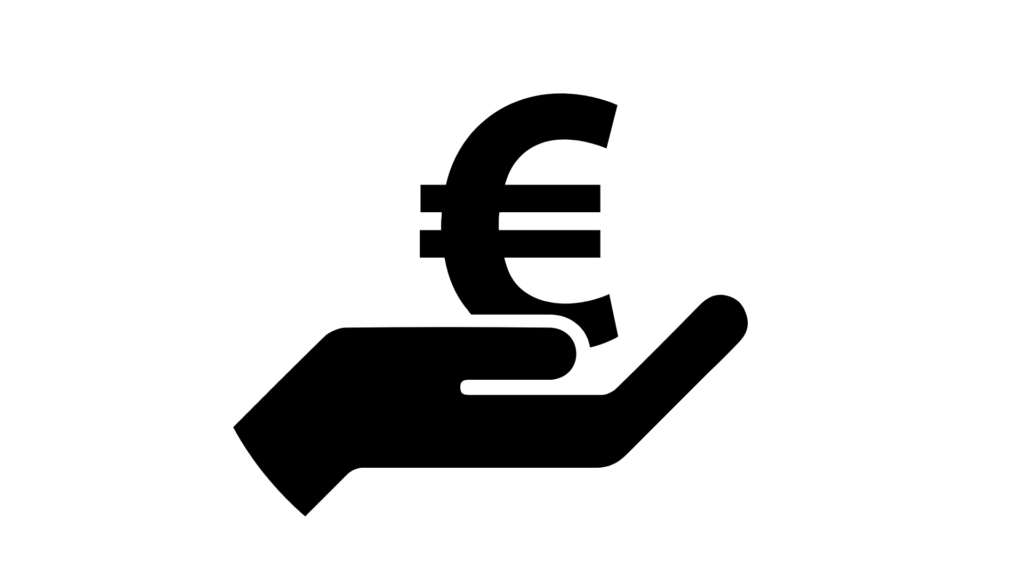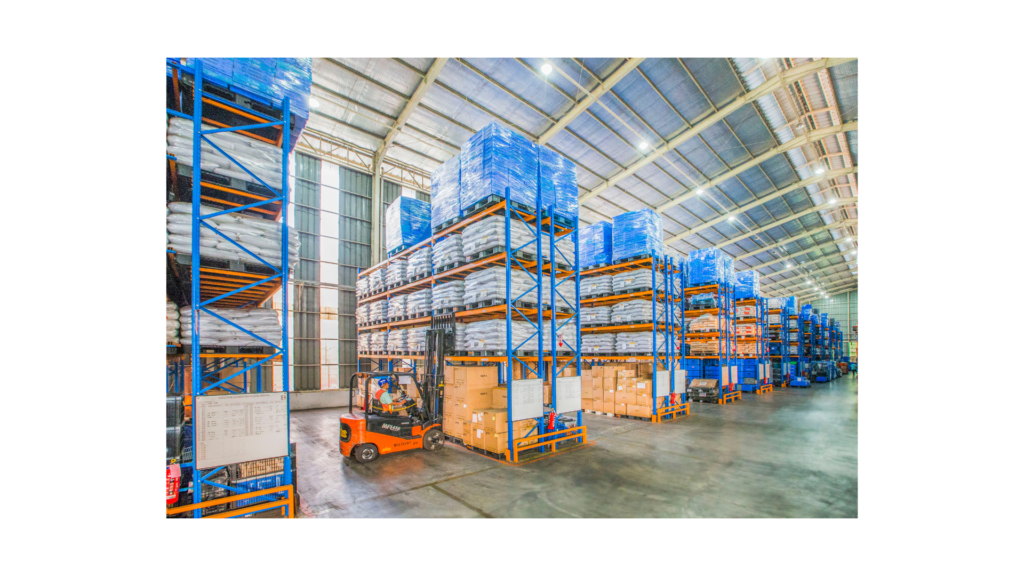Air conditioners or industrial evaporative coolers? When choosing between the two, it’s important to understand the key differences – both environmentally and economically. While both systems cool the air, they operate in very different ways. Air conditioners rely on refrigerants that can be harmful to the environment, whereas evaporative coolers use only water. Additionally, air conditioners need enclosed spaces to work efficiently, but evaporative coolers perform best in well-ventilated areas. Plus, evaporative coolers consume significantly less energy, making them a cost-effective cooling solution. Let’s explore these differences to help you find the best option for your needs.
Evaporative Cooler vs. Air Conditioner: How Do They Work?
An evaporative cooler cools air by harnessing the natural process of water evaporation. Warm air passes through a water-soaked humidifier, where heat is absorbed to evaporate the water. A built-in fan then pushes the cooled, slightly humid air into the space. This natural cooling effect is both energy-efficient and environmentally friendly.

On the other hand, an air conditioner uses a refrigerant within a cooling circuit. This fluid transports heat from the indoor unit to the outdoor unit (in the case of a split system). The indoor unit extracts heat from the air and cools it before blowing it back into the room for cooling. The refrigerant evaporates and absorbs heat, which is then expelled by an outdoor unit. This allows the refrigerant to cool, condense and return to the indoor unit to continue the cycle. This cycle requires enclosed spaces to maintain efficiency, as opening windows or doors reduces cooling performance.
Evaporative coolers continuously exchange air, ensuring fresh, cool airflow, making them ideal for cooling open areas like terraces or large rooms. Air conditioners, conversely, require sealed rooms to function effectively, meaning they aren’t suitable for open or ventilated spaces.
Energy Savings: Evaporative Coolers Use Up to Five Times Less Energy
The main energy source for an evaporative cooler is the evaporation of water, while electricity mainly powers its fan and water pump – both low-consumption components. This simple design means evaporative coolers use far less energy compared to air conditioners.
Air conditioners depend entirely on electricity to power compressors, fans, and other components. Due to these multiple energy-consuming parts, air conditioners can use up to five times more electricity than evaporative coolers.
Performance in Extreme Heat: Why Evaporative Coolers Excel
In typical summer conditions, evaporative coolers outperform air conditioners in energy efficiency. When temperatures rise, the air’s heat accelerates evaporation, increasing cooling power more than the electricity required to run the cooler.
Conversely, air conditioners become less efficient as outdoor temperatures increase. Their components draw more power but don’t proportionally increase cooling output, making them less effective in extreme heat.
Cooling Large, Open Spaces: The Strength of Evaporative Coolers
Evaporative coolers are excellent at reducing temperatures in large, airy, and uninsulated spaces – such as warehouses, open workshops, or outdoor areas – even during heatwaves. Their continuous air exchange ensures a significant temperature drop.
Air conditioners on the other hand require insulated, closed environments to work efficiently, as ventilation reduces their effectiveness. For spaces that need natural cooling and airflow, evaporative coolers provide the most effective solution.
However, air conditioners regulate and maintain a consistent temperature using an artificial cooling system. If keeping a fixed, steady temperature is essential for your space, an air conditioner is the right choice.

Installation: Faster and Easier for Evaporative Coolers
Installing an air conditioner is complex, involving indoor and outdoor units connected by refrigerant lines. By contrast, evaporative coolers are simple to install, often placed on roofs or floors.
Portable evaporative coolers are even easier – just fill the water tank and plug them in.
Maintenance: Evaporative Coolers Are More Straightforward
Maintaining an evaporative cooler typically involves:
- Regular cleaning of air filters and water reservoir
- Annual maintenance of the humidifier and fan
Air conditioners require more involved maintenance, including:
- Regular cleaning of the filters on each unit and the external fan.
- Annual professional inspection of refrigerant circuits by certified technicians
Health Benefits: Evaporative Coolers Offer a Healthier Indoor Climate
By adding a small percentage of humidity to the air, evaporative coolers help maintain a natural and comfortable atmosphere. In contrast, air conditioners remove humidity, often dropping indoor levels below 40%, which can cause dehydration, headaches, and discomfort.
Evaporative coolers provide a cooling effect that aligns closely with outdoor temperatures, preventing thermal shock. They also continually refresh indoor air, reducing airborne pathogens and improving air quality.
Air conditioners in contrast, recycle indoor air constantly, which can lead to respiratory issues if filters aren’t properly maintained.
Evaporative coolers also operate more quietly than air conditioners, typically producing around 66 dB of noise compared to 76 dB from an air conditioner. This 10 dB difference is significant – sound levels are perceived to double with every 10 dB increase, making air conditioners seem twice as loud. Lower noise levels contribute to a more comfortable and less stressful working environment, supporting better focus, productivity, and overall employee wellbeing.
Evaporative Coolers: a Greener Alternative to Air Conditioners
AEvery form of energy consumption affects the environment, but evaporative coolers have a significantly lower impact than traditional air conditioners.
- Evaporative coolers use minimal energy, primarily to power the fan and water pump.
- In contrast, air conditioners consume much more electricity, especially for their compressors and multiple fans.
Unlike air conditioners that release hot air back into the environment – contributing to the urban heat island effect – evaporative coolers emit cool air, helping to reduce ambient temperatures around a building.
Evaporative coolers also use water as a natural cooling agent, whereas air conditioners rely on chemical refrigerants. These refrigerants can leak over time, even in sealed systems, contributing to greenhouse gas emissions and global warming. While evaporative coolers do consume more water, it’s for a sustainable purpose – evaporation adds moisture to the air, which then returns to the natural water cycle. Air conditioners, by contrast, remove moisture from the air, disrupting indoor humidity levels without contributing to environmental replenishment.
Cost Efficiency: Lower Costs with Evaporative Coolers
Evaporative coolers generally cost less to purchase and install than air conditioners. Their low energy consumption and simple maintenance also result in annual running costs that are significantly lower – often up to ten times less – than those of air conditioning systems.
For even greater flexibility and affordability, hiring an evaporative cooler can be a smart choice, allowing you to access efficient cooling when and where you need it without the upfront investment of buying and installing a permanent unit.
If you’re looking for an eco-friendly, cost-effective, and efficient cooling solution, an evaporative cooler from McCarthy Hire might be exactly what you need.

